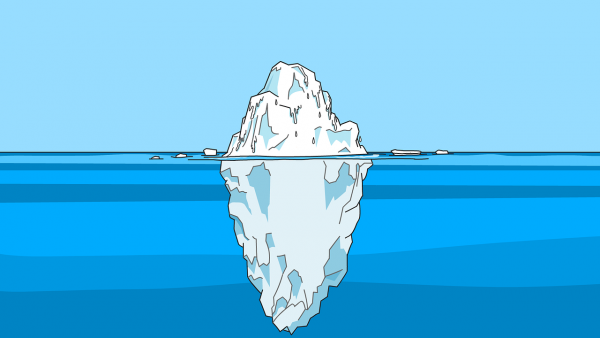Ah hell. I saw "Revisionist Glaciology..." and thought I was in for another romp akin to 2016's:
Glaciers, gender, and science
A feminist glaciology framework for global environmental change researchAbstract
Glaciers are key icons of climate change and global environmental change. However, the relationships among gender, science, and glaciers – particularly related to epistemological questions about the production of glaciological knowledge – remain understudied. This paper thus proposes a feminist glaciology framework with four key components: 1) knowledge producers; (2) gendered science and knowledge; (3) systems of scientific domination; and (4) alternative representations of glaciers. Merging feminist postcolonial science studies and feminist political ecology, the feminist glaciology framework generates robust analysis of gender, power, and epistemologies in dynamic social-ecological systems, thereby leading to more just and equitable science and human-ice interactions.....
But no.
From 99% Invisible:
Everyone has seen renderings of icebergs with small hills on top and vast spikes protruding into the depths, appearing to embody common knowledge that 90% of an iceberg sits underwater. But as interested scientists are quick to point out: these iconic configurations don’t reflect the way huge chunks of ice actually float in the world’s oceans.

When glaciologist and PhD student Megan Thompson-Munson posted a more realistic watercolor illustration of an iceberg, it stirred up a lot of attention, but that was just the tip of the proverbial…well, you know.....
....MUCH MORE, including catberg
While I am thinking of things intersectional here is a photo of one of the icebergs claimed to be the one whose path intersected that of the Titanic, taken by a 17 year old passenger on the rescue ship Carpathia:
U-140434.
First authentic photograph taken by Miss Bernice Palmer, who was on board the “Carpathia”, showing iceberg and icefield run into by the Titanic, which caused the greatest marine disaster.
On the back of this photograph, Bernice wrote:
“[The] Titanic struck a North Atlantic iceberg at 11:40 PM in the evening of 14 April 1912 at a speed of 20.5 knots (23.6 MPH). The berg scraped along the starboard or right side of the hull below the waterline, slicing op the hull between five of the adjacent watertight compartments. If only one or two of the compartments had been opened, Titanic might have stayed afloat, but when so many wer sliced open, the water-tight integrity of the entire forward section of the hull was fatally breached. Titanic slipped below the waves at 2:20 AM on 15 April. The Cunard Liner RMS Carpathia arrived at the scene around two hours after Titanic sank, finding only a few lifeboats and no survivors in the 28F degree water. Bernice Palmer took this picture of the iceberg identified as the one which sank Titanic, almost certainly identified by the survivors who climbed aboard Titanic. The large iceberg is surrounded by smaller ice floes, indicated how far north in the Atlantic Ocean the tragedy struck.”
There are a few other candidates that were photographed before and after the disaster.
